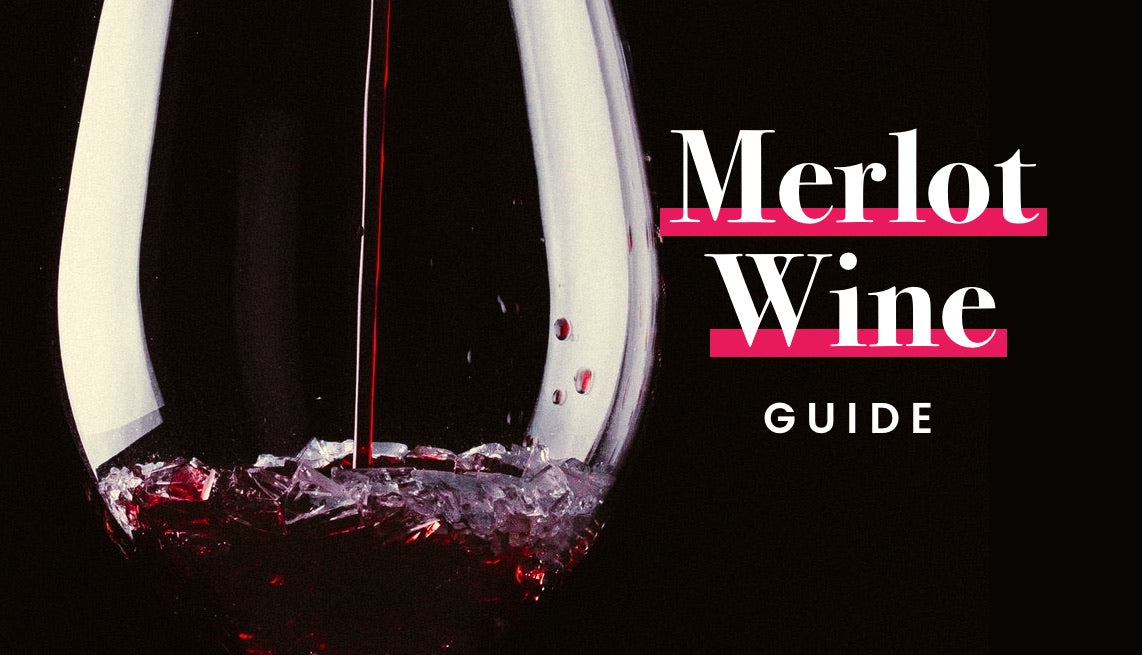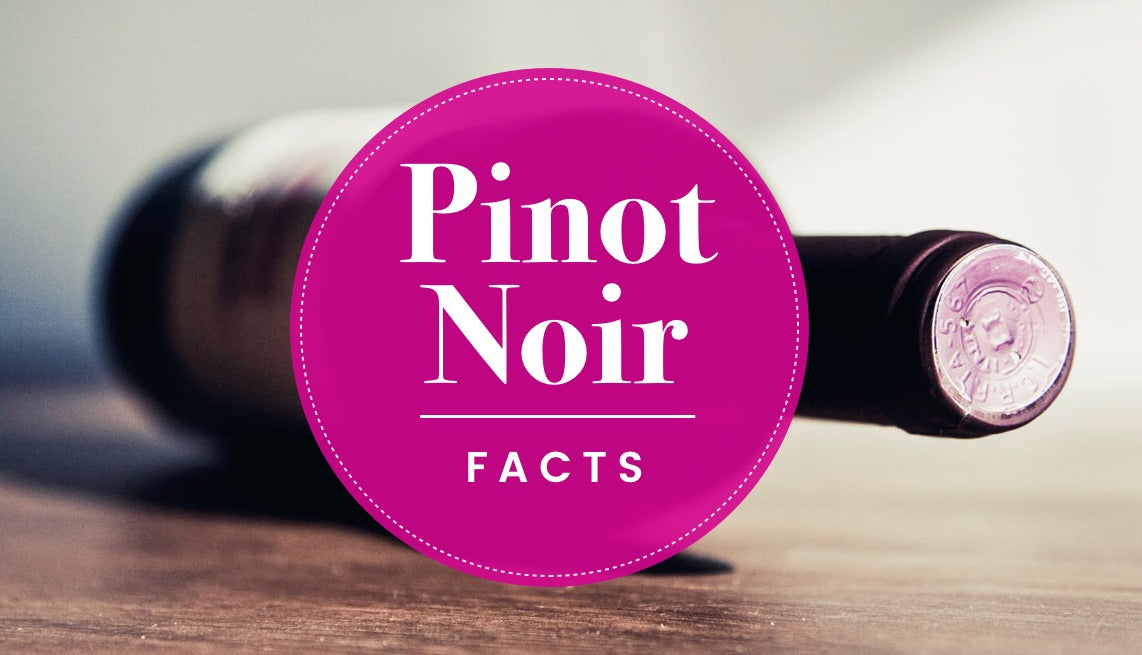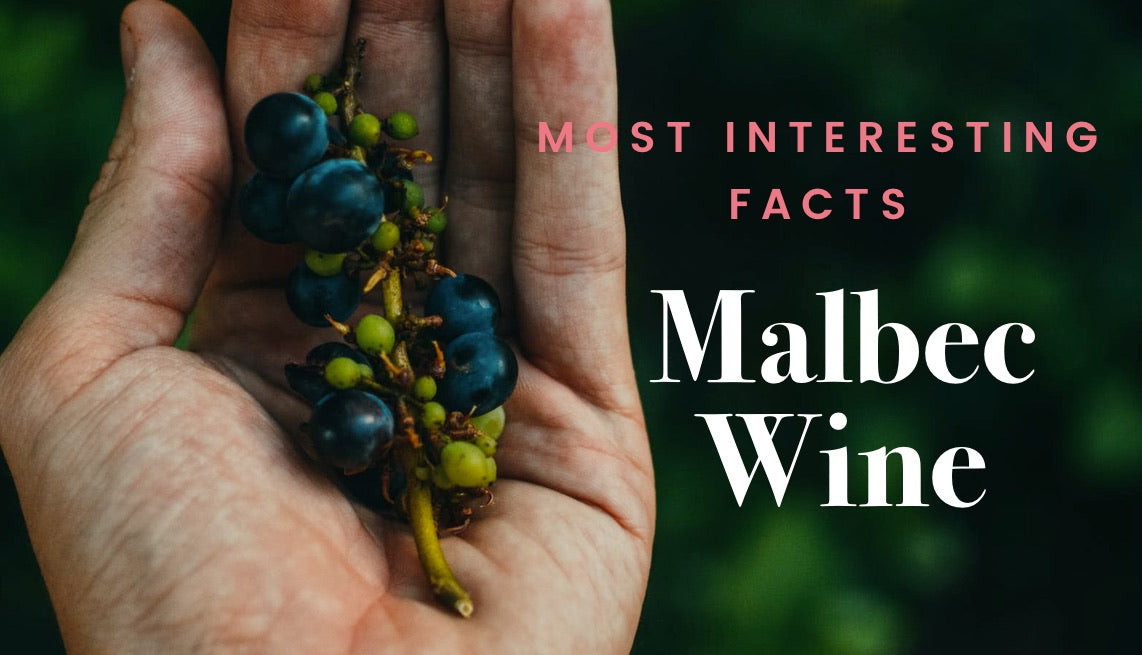
What You Need to Know About Merlot
 Merlot is one of the most popular types of wine in the world. Its friendliness with most kinds of food and blending properties make it the ideal choice for wine lovers and casual drinkers alike. The smooth, fruity savor and the velvety aftertaste have garnered millions of fans all over the world, and have made it the second-most planted grape on the planet after Cabernet Sauvignon.
Merlot is one of the most popular types of wine in the world. Its friendliness with most kinds of food and blending properties make it the ideal choice for wine lovers and casual drinkers alike. The smooth, fruity savor and the velvety aftertaste have garnered millions of fans all over the world, and have made it the second-most planted grape on the planet after Cabernet Sauvignon.
If you are reading this guide to what you need to know about Merlot, with a nice glass of the very same drink in your hand, we will give you a few more reasons to enjoy it thoroughly. Here are the most interesting and useful facts that you should consider when drinking this red, silky wine!
The King of Bordeaux

Merlot is the most planted grape variety in the French region of Bordeaux, which is also its birthplace. Scientists have managed to track down the ancient ancestors of this vine type and identified the father as Cabernet Franc, and the mother as Magdeleine Noire des Charentes, which is an extinct varietal today.
Worldwide recognition
Merlot grows in various regions on the planet. This type of wine is poured into red wine glasses all over the world, most probably as we speak. In fact, it holds a high percentage in the wine market of 5.81%, and it is mostly due to its blending properties.
Merlot wine is low in tannin, which makes it the ideal variety to mix with other wines that are heavily tannic, and which can lose their extremely dry taste in the process. You might find Merlot as an ingredient on the labels of wine bottles. This mix does not lower the quality of the liquor, but instead, it makes it softer and easier to drink.
The little blackbird of red wines
Merlot is named after a species of birds that is common in Western Europe. The name translates from French to “young blackbird,” but its origin is still under debate. Some believe that the shape of the grape resembles a small blackbird, while others consider that the monks gave Merlot its name after the feathery bundle of joy that loves munching on its berries.
Merlot flavor and taste profile
Merlot is in the middle of the scale of bold red wines that goes from Pinot Noir (the softest) to Shiraz (the heaviest). A sip of this lovely liquor will treat your taste buds to sweet, fruity flavors of plums and black cherries. The aftertaste is silky and a bit herbal, depending on the region where it comes from.

Merlot is easy to drink, in spite of having a high alcohol percentage, which at 13% ABV overrules other red wine varieties. If you get a taste of aged Merlot wine, you will notice a thicker taste and more difficulty in drinking it one glass after the other. This is due to the aging process and the accumulation of tannins over time.
Merlot goes great with a variety of foods, and it is a safe alternative for casual drinkers who are in doubt over what type of wine goes best with their meals. You can easily pair Merlot with baked or roasted meat, whether it’s white (turkey, chicken) or red (pork, beef).
Merlot also goes well with stews, grilled vegetables, and salads. However, you should avoid drinking it with fish or spicy foods since it will change completely the taste of the dish, and most likely in an unpleasant manner.
Climate influence on Merlot taste
Merlot tends to taste a bit differently depending on the area where the grapes grow. For example, cooler regions like France, New Zealand and North America produce grapes with a higher amount of tannin. The resulting wine has an earthy flavor and an herbal aftertaste.
On the other hand, grapes that grow in warmer climates from Australia, California or Argentina have low levels of tannin, a clearer color, and a fruity taste. These wine selections usually have a higher degree of alcohol, with some varieties reaching as much as 14.5% ABV.
However, in both regions, the grapes tend to ripen early, mainly due to their soft, feeble skin. While they are more sensitive to UV radiation than other types of grapes, Merlot berries offer the advantage of blending with grapes that ripen later in the season, such as Cabernet Sauvignon.
Aging makes a big difference
Besides the originating region, aging also plays a big role in the final taste of Merlot wine. As manufacturers point out, heavy aging it in oak barrels adds more complexity to the wine. The liquor tends to have a smoky flavor and a leathery feel, along with notes of truffle and cigar box.

Light aging Merlot in oak barrels enables the wine to keep its fruity savor. Certain varieties may deliver notes of vanilla, caramel, cloves, and even coconut. Both types are low in acidity, tannins and well-structured.
Merlot’s rise and fall, and rise again
In the 1990s Merlot has seen a staggering rise in popularity in the United States. While French red wine had a good image in the country, it was not more popular than other drinks, such as beer, whiskey or gin.
All of that changed when a scientific study by Serge Renaud, a French scientist claimed that while people in France had a similar fat-rich diet to the American public, the Europeans suffered less from heart disease, and all because of the large consumption of red wine, which has a high level of antioxidants.
Upon this revelation, people in the United States introduced more red wine into their diets, and since Merlot is one of the friendliest varieties out there, it quickly surged to countrywide popularity.
The fad that Renaud unknowingly started in the 90s lasts until today, even if it suffered a decent blow when the movie “Sideways” came out in 2004. In this Alexander Payne-directed film, Paul Giamatti plays Miles, a wine lover that travels through the wine country with his soon-to-be-married friend, Jack (Thomas Haden Church).
Miles is an avid hater of Merlot and debunks its dietary importance as well as its flavor throughout the movie. While some casual drinkers have taken the character's personal taste as a rule and cut off Merlot from their shopping lists, real wine lovers kept their preferences intact, which also maintained Merlot sales in the US at a significantly high level until today.


